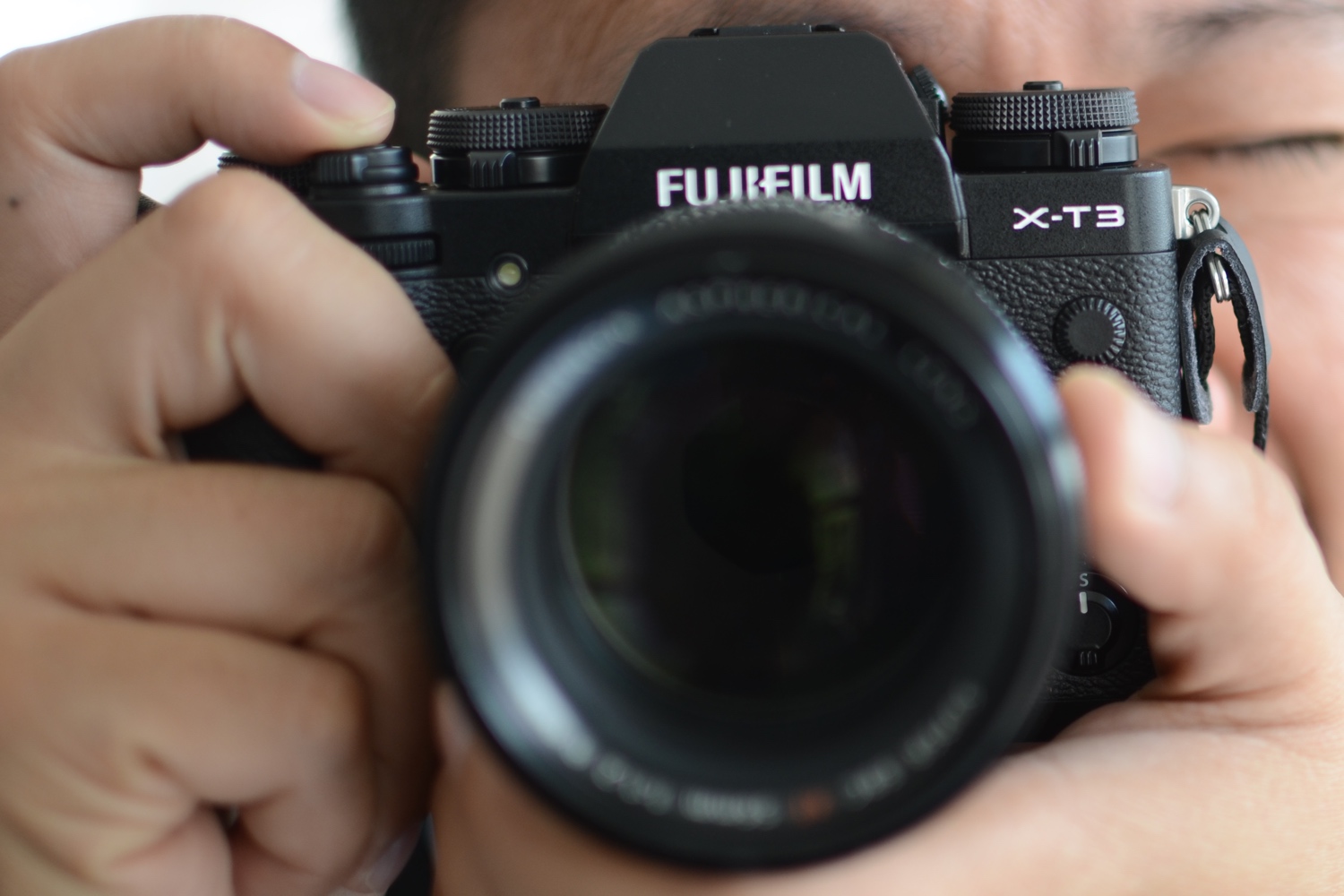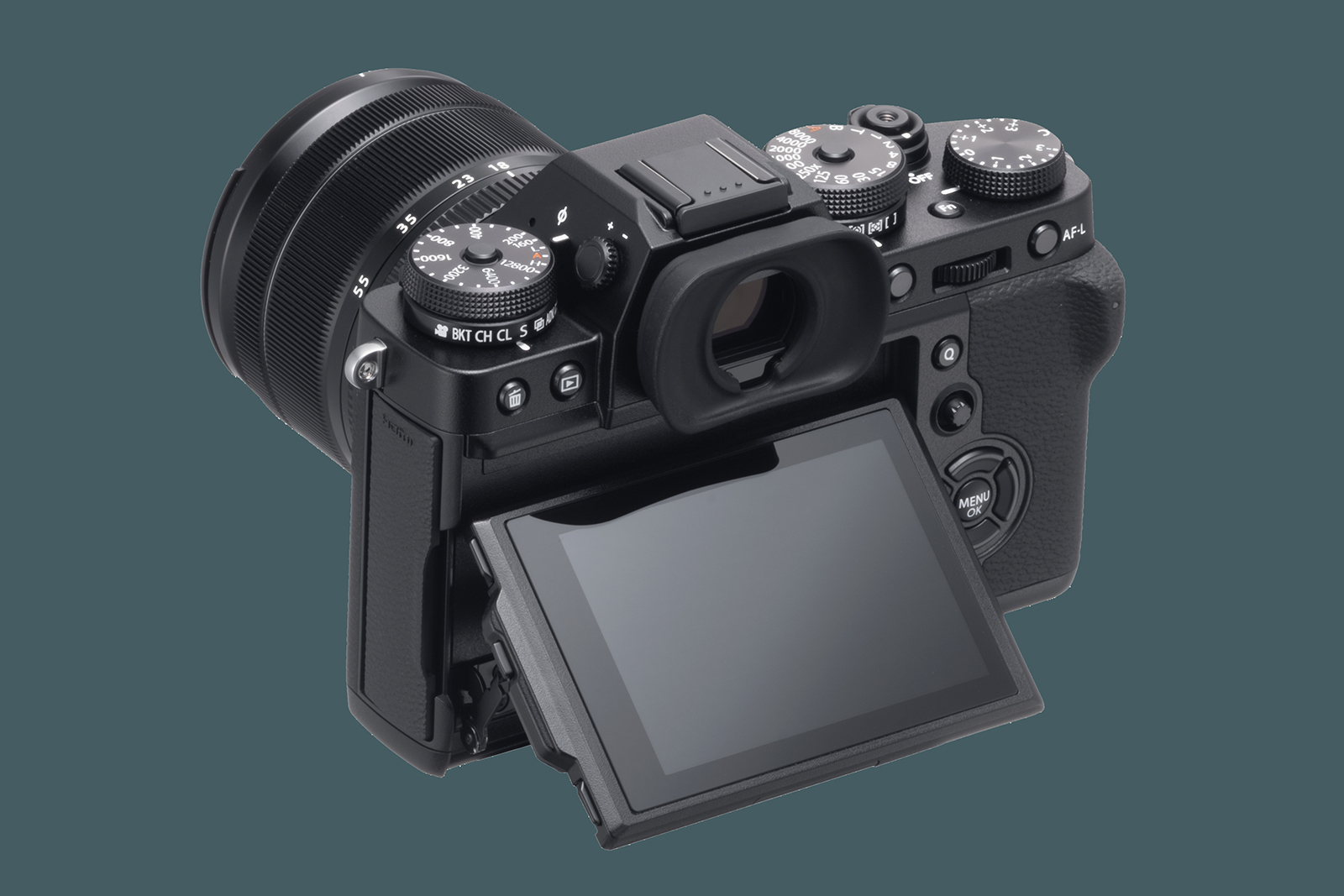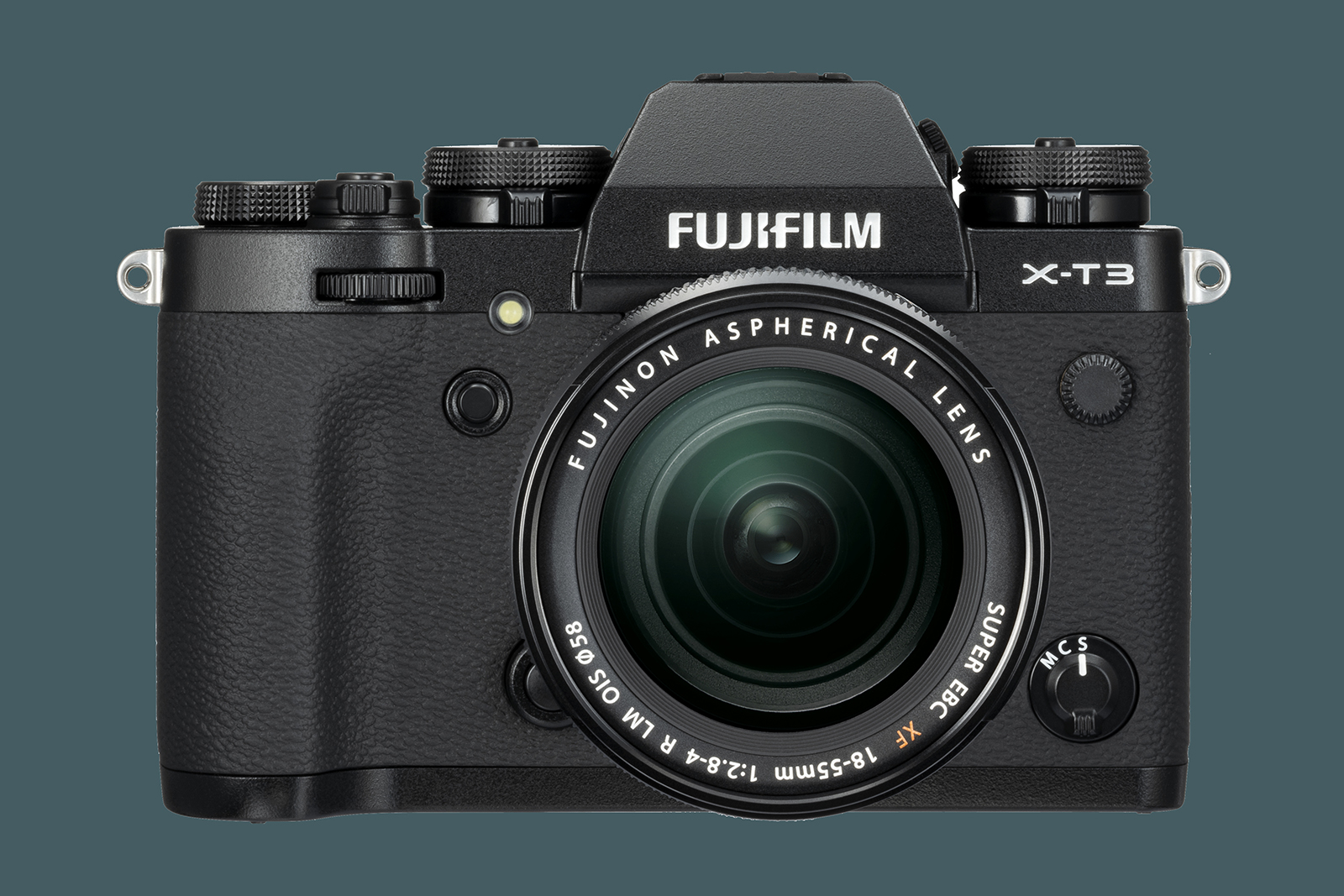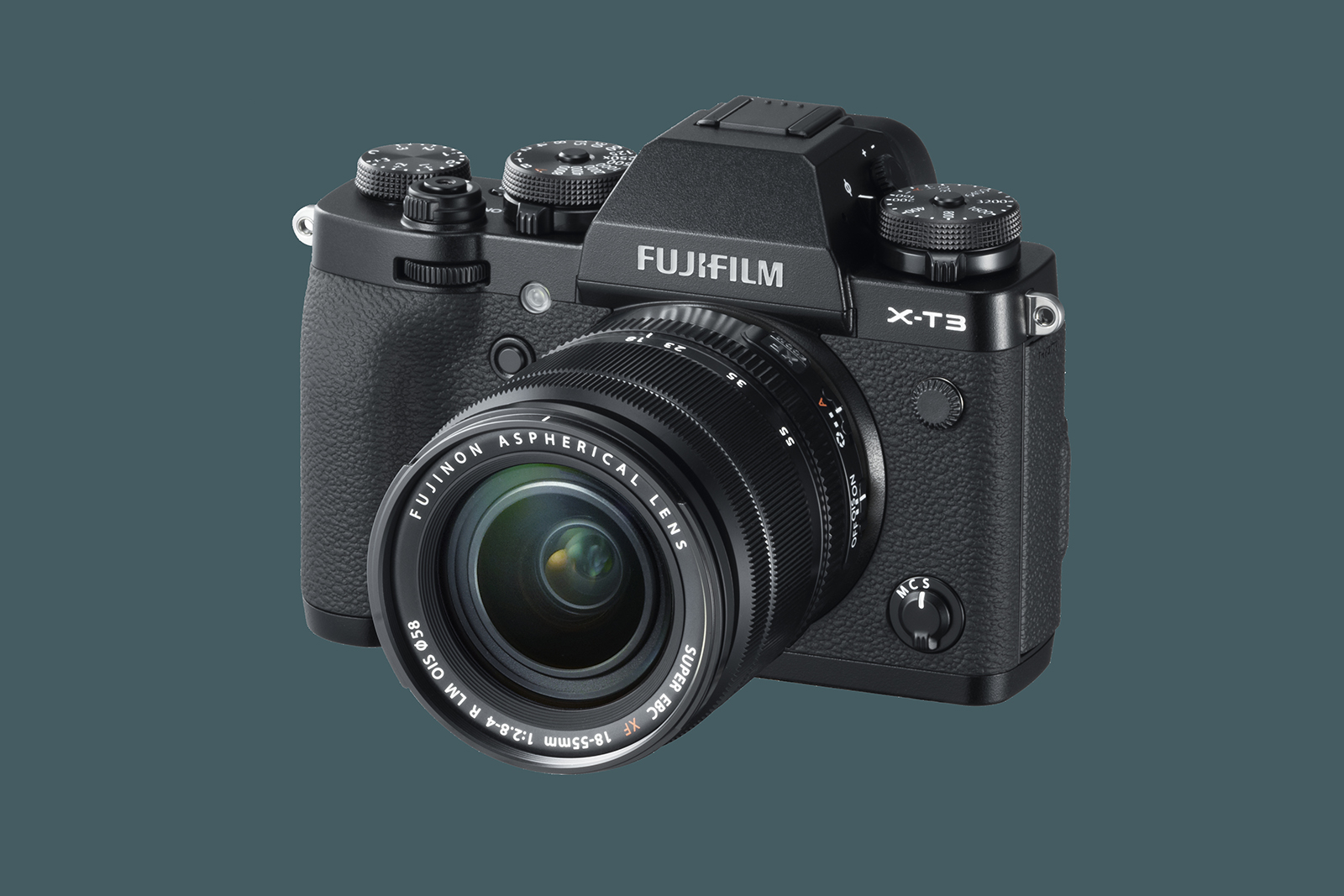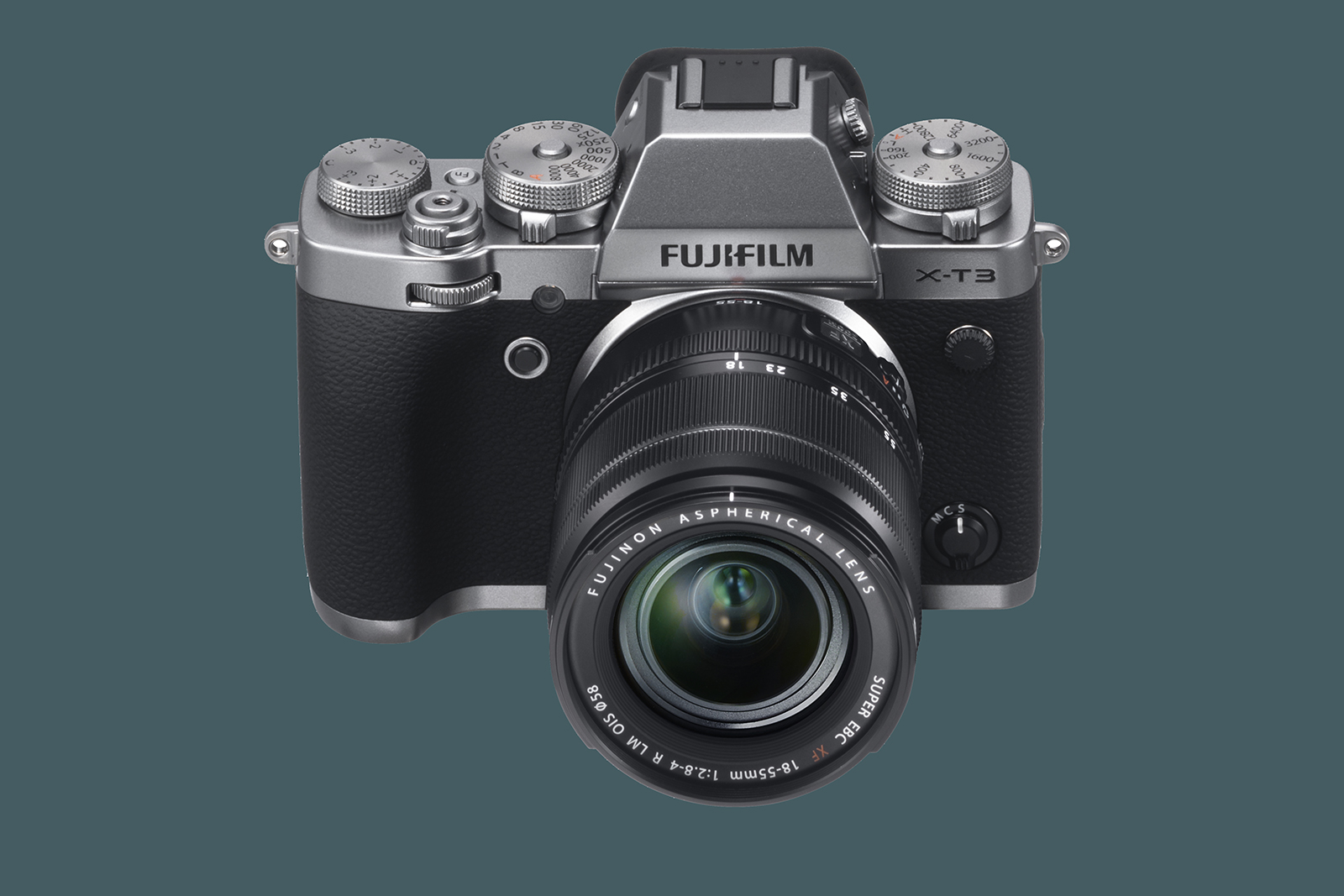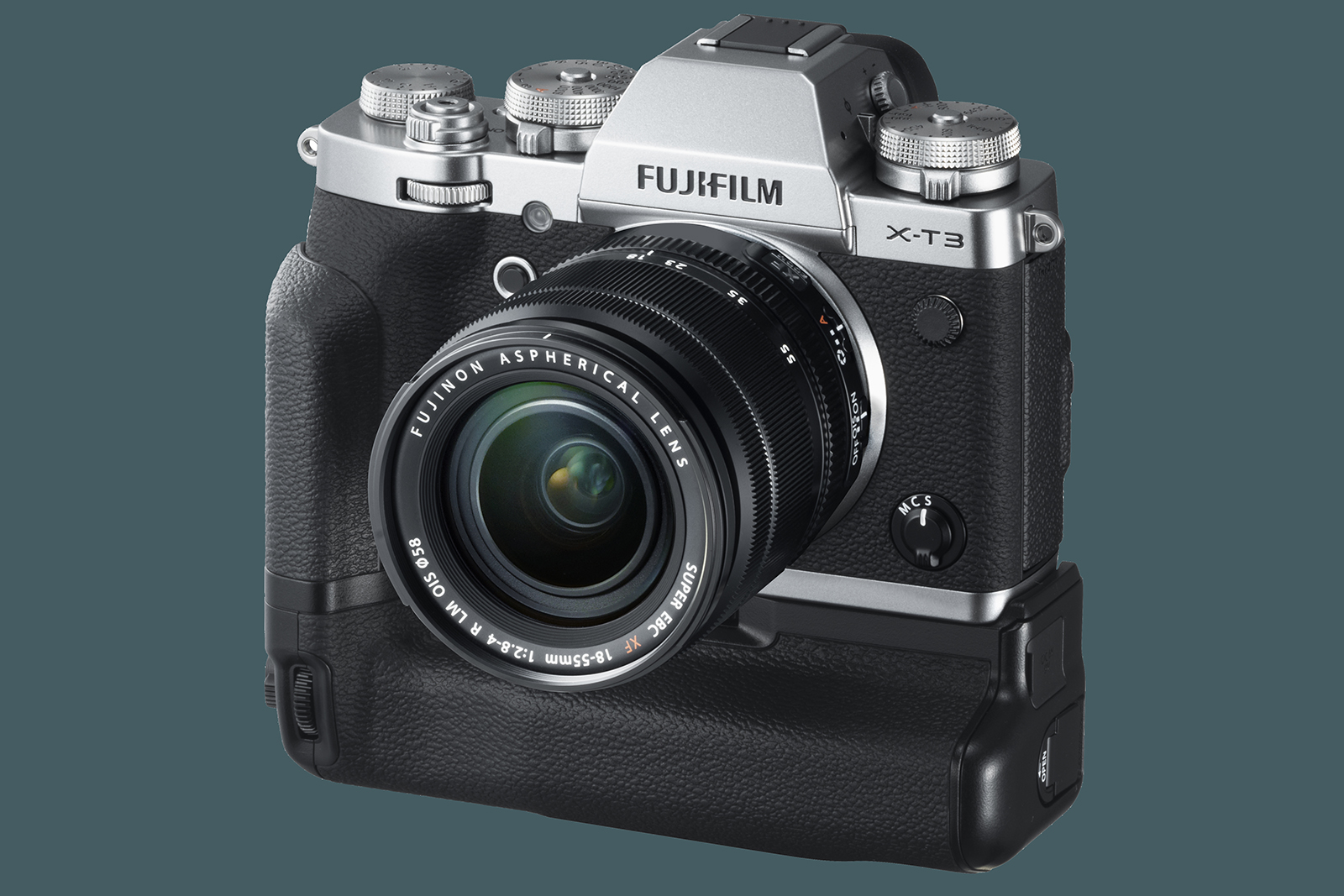With a new sensor, processor, autofocus system, and electronic viewfinder, the Fujifilm’s latest camera is anything but a minor update. On September 6, Fujifilm debuted the X-T3, a mirrorless camera that improves on multiple aspects of the already well-received X-T2 — and boasts a new world’s first in the process. Thanks to the quad-core X Processor 4, the X-T3 is the first APS-C camera capable of recording 4K video at 60 frames per second straight to SD card.
At the heart of the update is what Fujifilm is calling its best APS-C sensor yet, the 26.1-megapixel, backside illuminated (BSI) X-Trans CMOS 4 with a new low base ISO of 160. Like earlier X-Trans sensors, it uses a complex color filter to control moiré, removing the need for an optical low-pass filter which, in turn, improves sharpness. Unlike earlier sensors, though, this one adds phase detection pixels across the entire surface in a way that Fujifilm says improves resolution without adding any noise.
The 2.16 million pixels that are part of the phase detection autofocus system are faster and more accurate, according to the company. Fujifilm claims the new autofocus system is capable of focusing down to -3 EV in low-light conditions, where the X-T2 was limited to -1EV. The new autofocus also means a 1.5-times speed improvement over the X-T2 for both autofocus and autoexposure metering. Fujifilm says face and eye detection have improved, with Eye AF now available in continuous autofocus and both options now included in video.
The X-Processor 4 is three times faster than any other processor currently in Fujifilm’s lineup. In addition to 4k/60 video, that extra speed powers the new Color Chrome Effect. The new mode helps create more accurate color gradation in vivid colors, an option that was introduced in the medium-format Fujifilm GFX 50S. In video, the X-T3 also has four times the data rate of the X-T2 and twice the data rate of the X-H1, at up to 400 megabits per second for 4K. Additional video features include the H.264/MPEG-4 AVC and H.265/HEVC formats, increased read speed to reduce rolling shutter distortion, and a new
Action photographers will appreciate that the X-T3 can shoot 11 fps even without the Vertical Power Booster grip that was required to achieve that speed on the X-T2. The buffer can hold 142 shots in JPEG mode, or 42 in RAW — that’s not flagship DSLR territory, but when paired with a high-speed SD card, it should be sufficient for the majority of users. What’s more, when using the electronic shutter, the X-T3 can shoot at 30 fps or use a pre-shot mode that starts snapping frames as soon as you half-press the shutter button to initiate focus.
Naturally, Fujifilm’s film simulation modes return, including the new Eterna option first seen in the X-H1 which is based on the now discontinued motion picture film. Bluetooth connectivity and Wi-Fi also come standard.
On the outside, the X-T3 carries much of the same style from previous generations with a few small changes. However, there is one big update: The electronic viewfinder can shoot with no blackout during burst shooting. The diopter can also lock to prevent accidentally changing it, and the top dials and back buttons are a bit larger.
The X-T3 will also launch with a new optional battery grip that uses two extra batteries to extend battery life from 390 to 1,100 exposures. An additional metal hand grip will also be available, designed for using the camera with heavier, large-aperture lenses.
The X-T3 body is bundled with an EF-X8 hot shoe flash and is set to launch on September 20 for about $1,500, or about $1,900 with the XF18-55mm kit lens. Notably, this is $100 less than the X-T2’s original body-only launch price of $1,600. The camera will be available in both black and silver.
